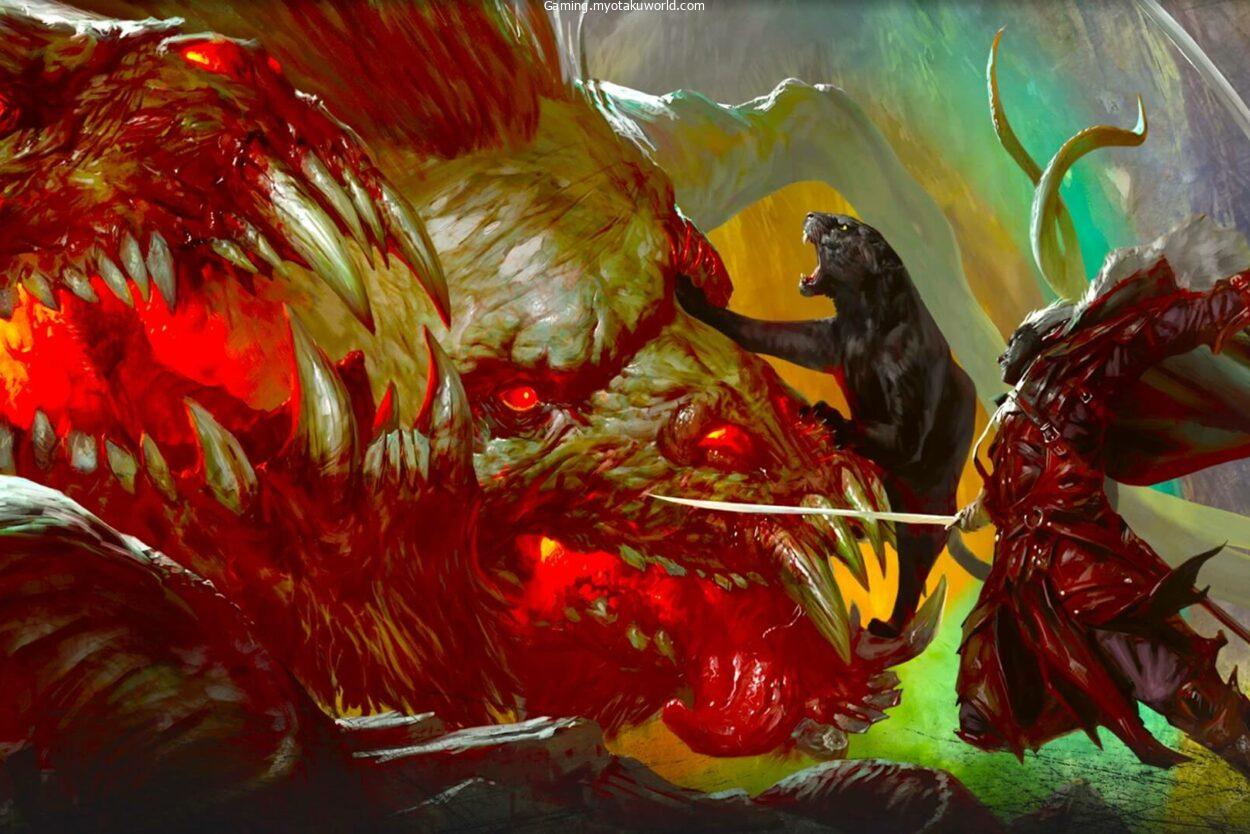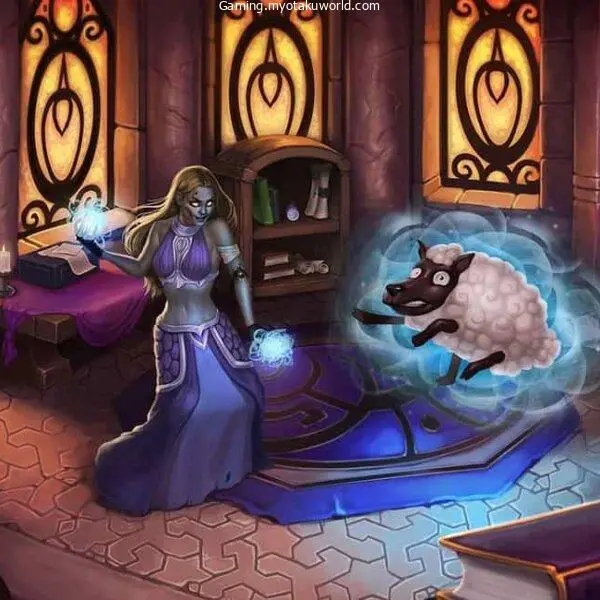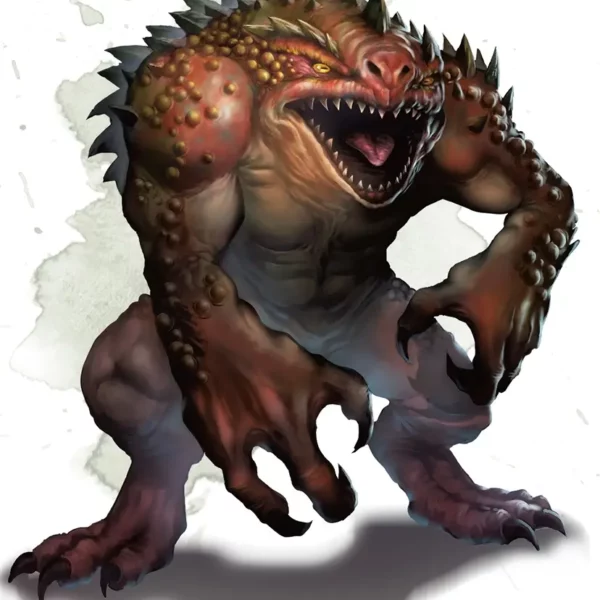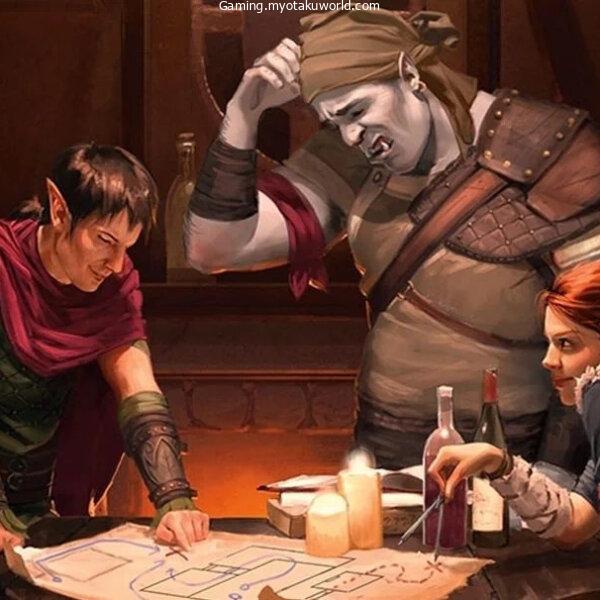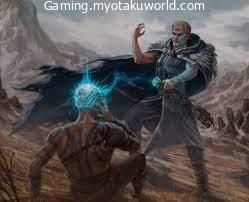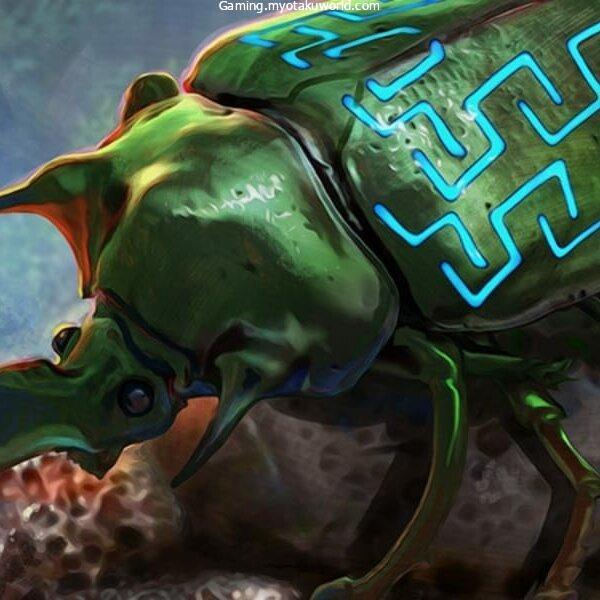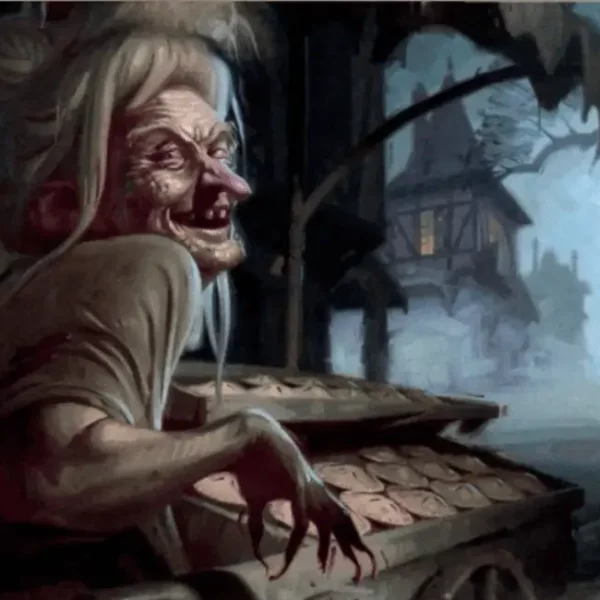Haste could be one of the most effective buffing spells you can find. It is a great favor of all classes and some classes benefit even more.
It does come with negative effects, however, so let’s hope that the 10 rounds are sufficient to finish the task and ensure that the spellcaster does not lose focus.
The rules of Haste are found inside the Players Handbook on page 250.
Haste 5e

Transmutation: 3rd Level
Casting Time: 1 Action
Range: 30 feet.
Components: V, S, Components: V, S, (A shaving of the root of licorice)
Duration Focus: 1 Minute
Select a friendly creature that can be seen within a distance. The spell continues until it ends. the speed of the target increases by and it also gains an AC +2 bonus as well as an advantage in Dexterity saving throws and gains an additional action every one cycle.
The action can be used only to perform the attack (one weapons attack is only allowed) or Disengage, Dash from the target, hide or use an object action.
Once the spell has ended the target isn’t able to move or perform actions until its next turn, when the lethargy wave sweeps over it.
Haste contains interesting details in the rules that are provided. It is important to note the effects that the spell has.
The loss of a whole turn during combat can be harmful. 10 rounds are an extended period, however, the chance for the spell to expire because of a lack of concentration is a serious risk.
It could be worth it as the player receives an additional turn every round.
Is Haste Good?
Haste is as powerful as the caster’s focus. It’s a fantastic buff spell that can add additional actions that last for a considerable amount of time.
The opportunity to increase the armor class by itself is impressive. If you also add bonus movement, and the advantage of dexterity-saving actions, it could truly make a difference. The obvious additional attack is a great bonus, but the other actions don’t hurt as well.
The Haste spell has one major drawback, however. The spell will end when the target cannot move or perform actions.
This isn’t a huge problem since most encounters do not last for more than 10 minutes.
However, if the caster fails to pass a concentration test then the spell will end – creating the effect.
Another issue worth noting is the focus on the actual buff spell. Haste is a spell that can be buffed that requires concentration, which is not unusual.
The issue is the person who casts it, typically a wizard bound by the ability. They really shouldn’t be attracting attention however, now it’s vital. Plus they’re limited in the types of spells they can spell.
Hot Tip
You can target yourself using Haste.
This can be life-saving for casters since it provides an armor class bump as well as enhanced movement, along with the capability to remove.
What classes can be able to get Haste?

The primary classes that are eligible for Haste are the Sorcerer, the Artificer as well as the Wizard. No surprise then.
There are a lot of subclasses with access to the spell.
- The Eldritch Knight Fighter
- The Arcane Trickster Rogue
- The Grassland Druid
- The Glory Paladin
- The Vengeance Paladin
- Horizon Walker Ranger Horizon Walker Ranger
Subclasses need multiple levels within the subclass to reach Haste a lot of them.
Thus, multiclassing is not a possibility in the majority. It’s an immense benefit for a druid or rogue to be capable of casting Haste to yourself and be able to free up your spellcaster.
Additionally, the spellcaster likely has another person in mind.
Bottom Line
Haste is a fantastic buff spell, but it has the drawback that it can wear off. It all depends on the character which is being played.
Remember the fact that Fireball could be also a third-level spell. The spell slots for these spells can be difficult to locate.
Can Haste be twinned?

The rules of twin Spell in the metamagic of the sorcerer abilities are as follows:
If you use a spell that is only directed at one creature and doesn’t target a second creature within the self-range it is possible to spend several sorcery points equal to the level of the spell to target another creature within range of this similar spell (1 sorcery point if the spell is one that cantrips).
To be considered eligible to be eligible, a spell has to be incapable of affecting multiple creatures at its current level. For instance, magic missiles or scorching rays aren’t eligible but rays of frost are.
Haste fulfills the criteria outlined in its description for the Twin Spell ability. It is only a single target and doesn’t possess a self-range. Haste is not equipped with an option to target other creatures of any kind and that’s why it’s not a problem either.
That means Haste could become twinned. The downside is that if the caster loses focus the spell will end at both targets.
This could cause both characters to experience negative effects from the time of the spell’s end and result in both characters being incapable of moving or taking actions for the duration of one period of time.
Hot Tip
When considering that Haste is a creature-targeting spell and is also a threat to the mount or a companion.
This should be considered, particularly when discussing joining the spell with metamagic.
A mounted fighter can now enjoy significantly increased movement speed, and can also attack, possibly with an advantage should they choose to use it.
Final Thoughts
Haste is fascinating in a variety of ways. It’s a great buff spell that can be utilized against allies or yourself.
It also has a severe effect once the spell is over, resulting in losing movement and actions for some time. If the battle is finished, it may not be too bad.
But, if the spell ceases because of a lack of concentration or concentration, the target becomes an unmoved duck.
Combining this with the possibility of casting the spell on a tank can result in serious issues.
As with the majority of spells available, Haste is well-balanced overall and has some obvious applications.
